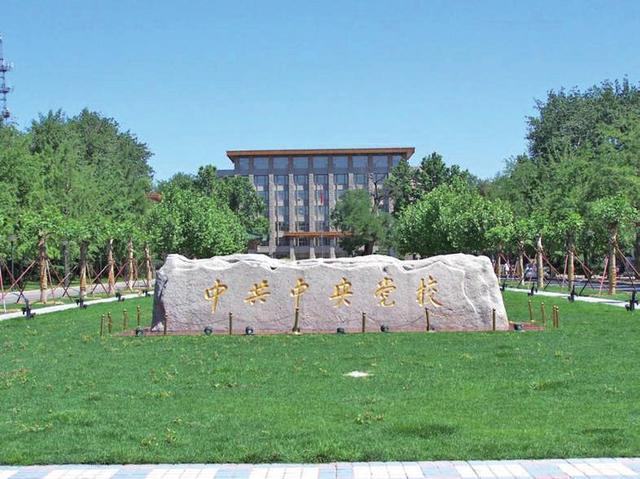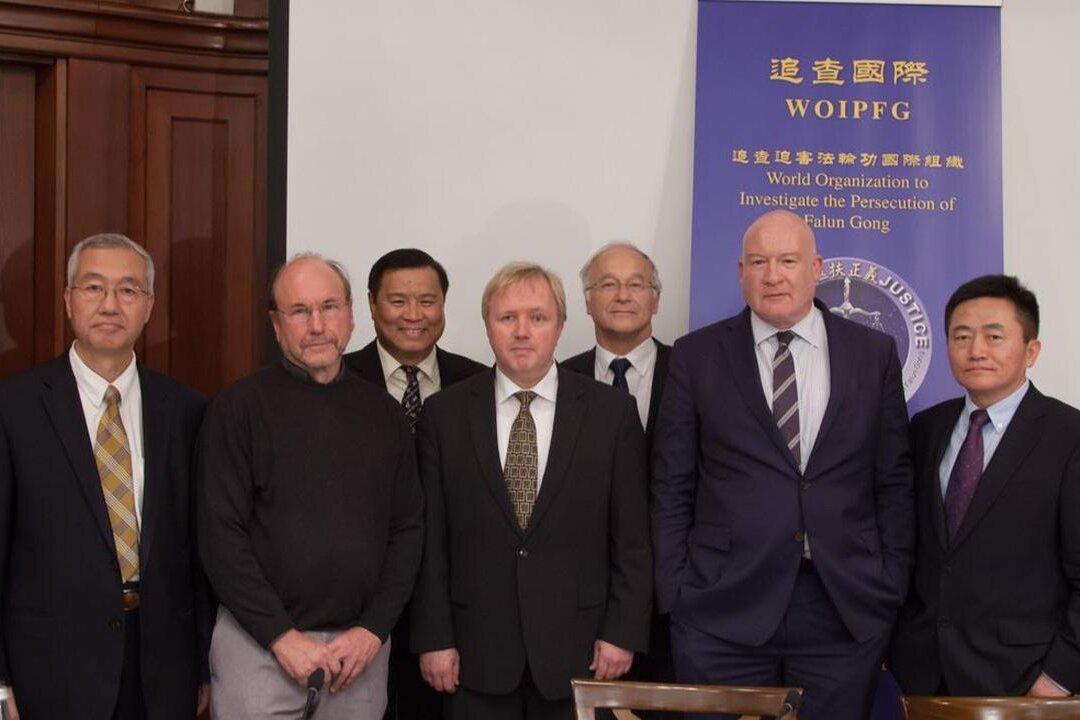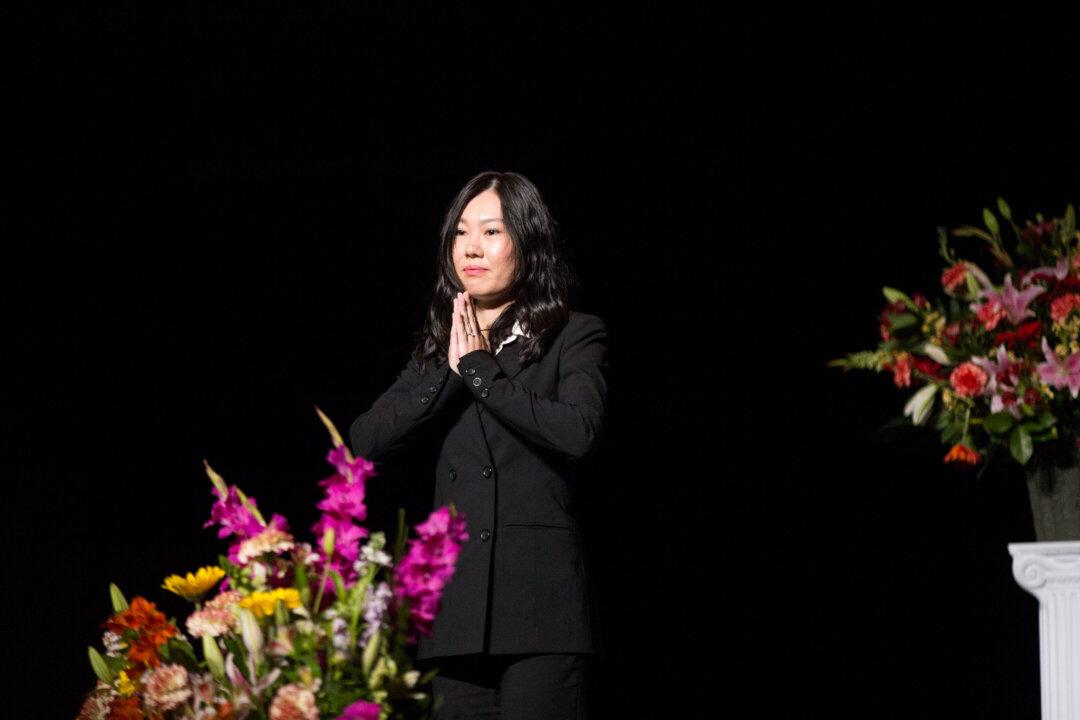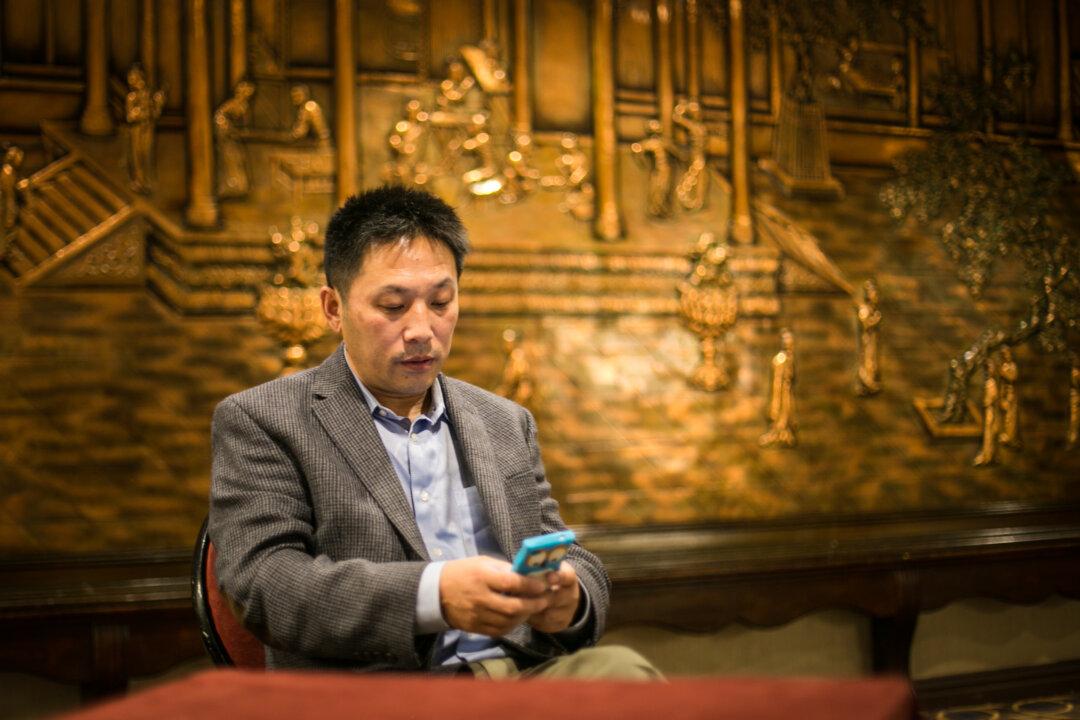A stone etched with the Chinese characters for “Chinese Communist Party Central Party School,” reportedly based on the calligraphy of former General Secretary Jiang Zemin, was unceremoniously removed from the school on Aug. 21, leaving a conspicuous patch of dirt, according to Chinese news reports.
Rumors that the removal had taken place emerged on Aug. 21, but were not confirmed until major Chinese Internet portals ran photo slideshows on Saturday afternoon, Aug. 22.
The large stone stele sat on a paved platform with eight floodlights to illuminate it at night. The entire edifice was bulldozed, bright green grass replaced with torn up dirt, paving stones broken as the earthmoving equipment drove away. The stone appeared to be near the south gate of the school in the Haidian District of Beijing. The Central Party School is the Communist Party’s main center for professional training and ideological indoctrination of its cadre corps.
According to available reports, and the widespread belief of Chinese Internet users and many online news outlets, the characters were an “inscription” (“tici,” in Mandarin Chinese) by Jiang Zemin, the leader of the Chinese Communist Party from 1989 until 2002, and Xi Jinping’s main political rival since he assumed power in 2012.
Tearing out his characters—Jiang was fond of leaving inscriptions and writing poems as he traveled with his entourage around the country—seemed a gesture pregnant with meaning. In the reading of observers of the episode: a slap in the face to Jiang Zemin, and an omen of his impending political demise.
The news also follows Epoch Times’ recent report that, according to a well-placed source in Beijing, Xi put Jiang and his two sons under a form of temporary internal control, limiting their movements; his chief henchman, Zeng Qinghong, was placed under house arrest.






